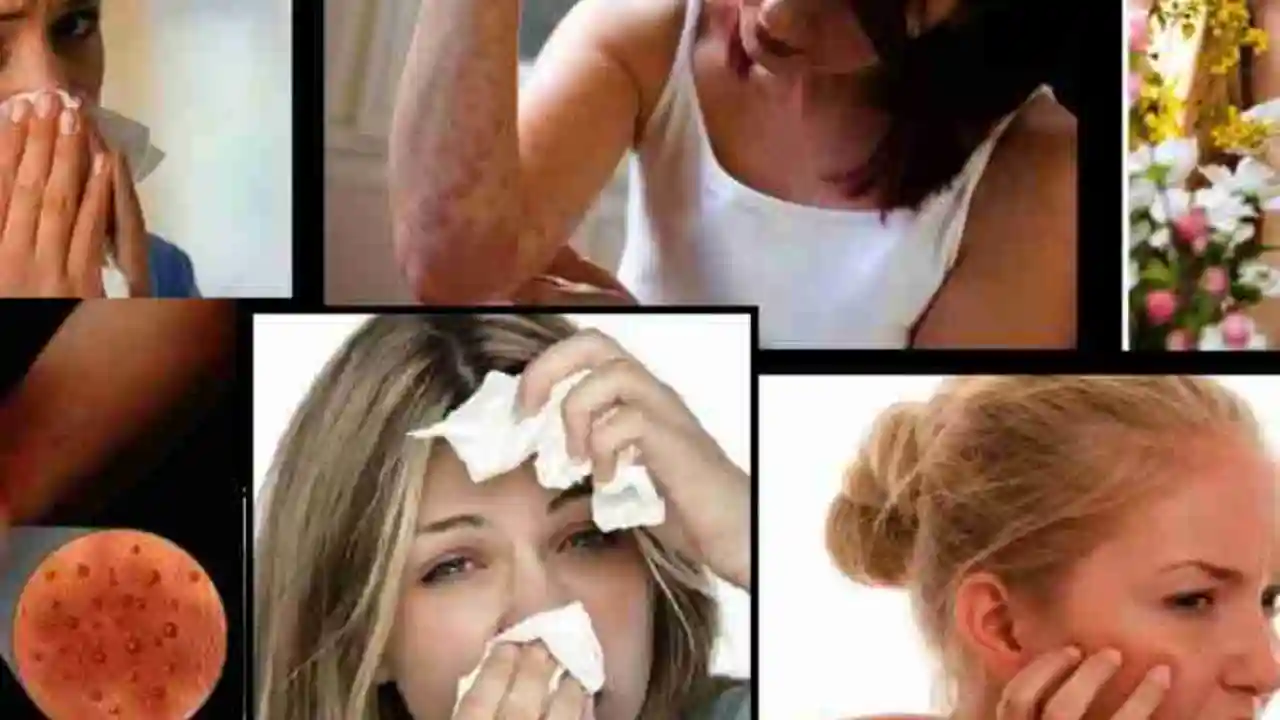Olopatadine HCL: What It Is, How to Use It, and What to Expect
If you’ve ever dealt with itchy, red eyes during pollen season, you’ve probably heard of Olopatadine HCL. It’s an antihistamine eye drop that helps calm the allergy response right where it starts – on the surface of your eye. In plain terms, it blocks the chemicals that make your eyes water and swell, giving you relief without a lot of hassle.
When to Use Olopatadine HCL
Olopatadine HCL is meant for people who have allergic conjunctivitis – that’s the medical name for eye allergies caused by pollen, dust, pet dander, or mold. If you notice frequent itching, burning, or a gritty feeling in one or both eyes, this drop can be a good first step. It works quickly, often within minutes, and you don’t need a prescription in many countries, though a doctor’s advice is always wise.
One thing to remember: Olopatadine is for eyes only. Do not put it in your nose or on any other part of your body. If you have a serious eye infection, a different treatment may be needed, so check with a professional.
How to Apply the Drops Correctly
Getting the dose right is simple. Follow these steps:
- Wash your hands thoroughly.
- Shake the bottle gently – this mixes the medication evenly.
- Tilt your head back slightly and pull down the lower eyelid to create a small pocket.
- Hold the bottle close to the eye (don’t touch it) and squeeze one drop into the pocket.
- Close your eye gently for about 30 seconds. Press lightly on the inner corner of the eye (near the nose) to keep the drop from draining away.
- Repeat in the other eye if needed.
Most people use Olopatadine once or twice a day. If your doctor gave you a different schedule, stick to that. Skipping doses won’t cause a problem, but consistent use gives the best relief.
Now, let’s talk about what you might feel after using the drops.
Common side effects are mild and usually go away on their own. Expect a temporary blurry vision, a slight burning sensation, or a watery eye right after the drop. If these feelings last more than a few minutes, or if you see a rash, swelling, or severe pain, stop using the product and get medical help.
Serious reactions are rare, but they can happen. If you notice sudden vision loss, intense eye pain, or an allergic reaction elsewhere on your body (like hives), treat it as an emergency.
Olopatadine HCL is safe for most adults and children over the age of three, but dosage for kids may be lower. Always check the label or ask a pharmacist if you’re unsure about the right amount for a child.
Here are a few quick FAQs that pop up often:
- Can I wear contact lenses after using Olopatadine? Yes, but it’s best to wait at least 10‑15 minutes to let the drop settle.
- Will the drop work with other eye meds? Generally, you can use other drops, but space them out by at least 5 minutes to avoid mixing.
- Is Olopatadine addictive? No, it’s not a controlled substance and doesn’t cause dependence.
Bottom line: Olopatadine HCL is a handy tool for tackling eye allergies without a prescription in many places. Use it as directed, pay attention to any side effects, and you’ll likely enjoy clearer, calmer eyes during allergy season.

